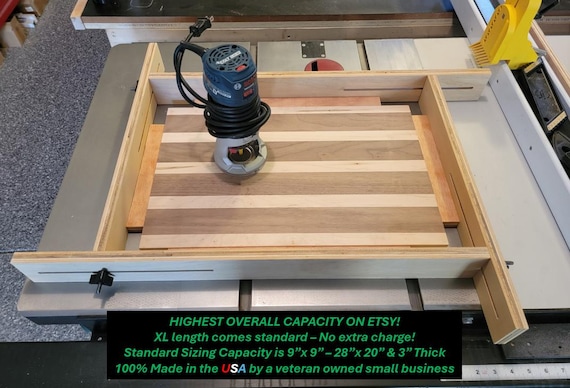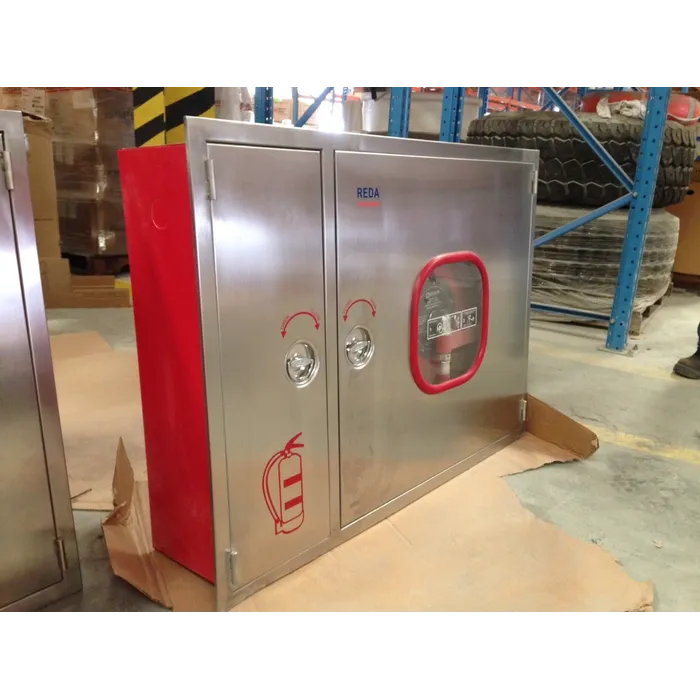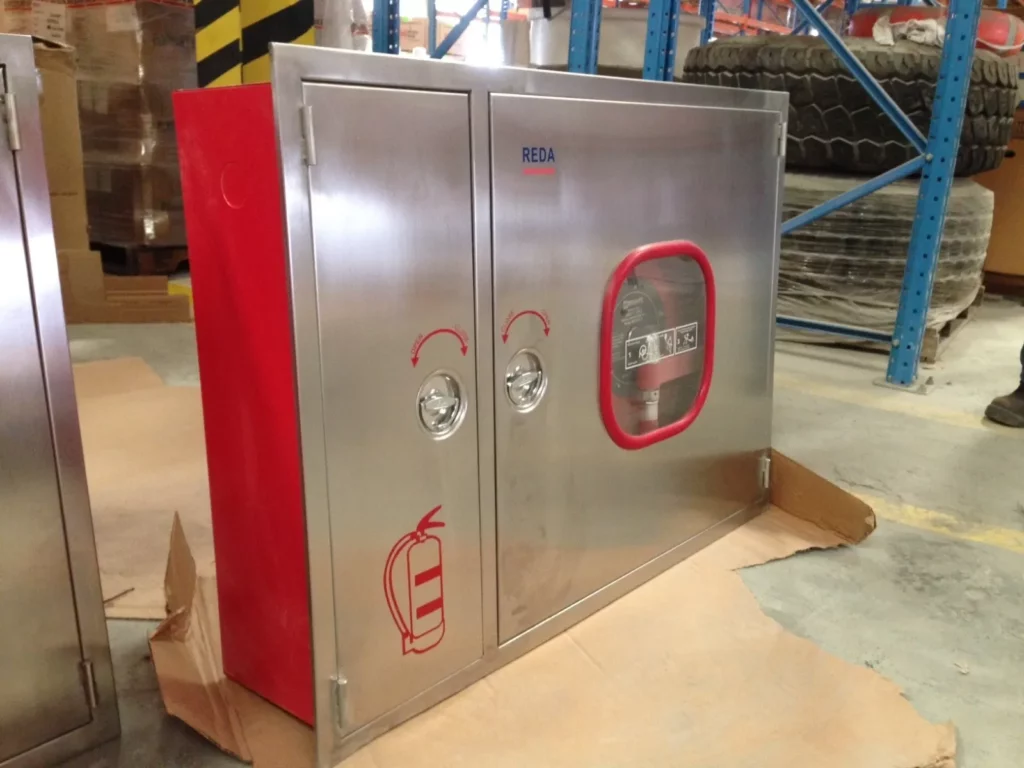The height of a fire hose cabinet from the floor is crucial. It ensures accessibility and safety during emergencies.
In Saudi Arabia, specific regulations govern the installation of fire hose cabinets. These rules guarantee that the cabinets are easily reachable in case of a fire. Understanding the required height from the floor can help prevent hazards and ensure compliance with safety standards.
This blog post will explore the ideal fire hose cabinet height, providing essential information for proper installation and safety. Whether you are a building manager or a contractor, this guide will help you understand the regulations in Saudi Arabia, ensuring your fire safety equipment is properly positioned for optimal use.

Credit: www.etsy.com
Introduction To Fire Hose Cabinets
Fire hose cabinets are essential elements in the fire safety systems of buildings, especially in countries like Saudi Arabia, where fire safety regulations are stringent. These cabinets are strategically placed to provide immediate access to fire hoses in case of an emergency. Knowing the correct installation height and understanding the components of a fire hose cabinet can be crucial in ensuring optimal functionality and compliance with local safety standards.
Purpose And Importance
The primary purpose of a fire hose cabinet is to store firefighting equipment in a safe and accessible manner. These cabinets house hoses, nozzles, and other essential tools, making them readily available during a fire. Imagine being in an emergency and realizing the equipment is out of reach. Hence, the height from the floor is not just a number but a vital factor in emergency preparedness.
In Saudi Arabia, fire hose cabinets must comply with specific regulations to ensure they are within easy reach. Typically, these cabinets are installed at a height that allows quick access for both adults and emergency responders. The right height ensures that, in a crisis, you won’t waste precious seconds struggling to reach the equipment.
Components And Features
Fire hose cabinets come equipped with several components that contribute to their functionality. A typical cabinet includes a hose reel, a nozzle, and sometimes a fire extinguisher. Each part plays a specific role in firefighting efforts, and their arrangement within the cabinet matters.
Features of these cabinets often include durable construction, clear labeling, and ease of access. The materials used must withstand harsh conditions, including heat and humidity, which are common in Saudi Arabia. When was the last time you checked if your fire hose cabinet meets these standards?
Additionally, some cabinets come with glass doors, allowing for quick visual inspection of the equipment inside. This transparency can save time during an emergency, helping you assess the situation quickly. Investing in a cabinet with these thoughtful features can significantly enhance your safety protocols.
Ensuring your fire hose cabinet is properly installed and equipped can be a lifesaver. Consider reviewing your current setup or consulting with a professional to make sure you’re meeting all necessary requirements.
Safety Regulations In Saudi Arabia
Safety regulations in Saudi Arabia ensure protection in various environments. Fire safety is a priority. Proper installation of fire equipment is essential. Fire hose cabinets are part of this safety system. Their height from the floor is regulated. This ensures easy accessibility during emergencies.
National Fire Protection Standards
Saudi Arabia follows strict fire protection standards. These are aligned with international guidelines. The standards cover installation and maintenance of fire equipment. This includes fire hose cabinets. Proper height ensures quick access. It can save lives.
Compliance Requirements
Compliance with fire safety regulations is mandatory. Businesses must adhere to set guidelines. The height of fire hose cabinets is specified. It ensures they are within easy reach. Inspections ensure compliance with these standards.
Non-compliance can lead to penalties. It can also put lives at risk. Therefore, understanding these requirements is crucial. Businesses must follow them to ensure safety.
Standard Height From Floor
Ensuring that fire hose cabinets are installed at the correct height is crucial for safety. In Saudi Arabia, there are specific standards for the height of fire hose cabinets from the floor. These standards help ensure quick and easy access during emergencies.
Recommended Measurements
The standard height for a fire hose cabinet is between 1.0 to 1.5 meters from the floor. This range ensures that adults can easily reach the equipment.
At this height, the cabinet remains accessible without being too low. It helps prevent obstruction and physical strain when accessing the hose.
Rationale For Height Specifications
Setting the fire hose cabinet at the right height ensures quick response times. In an emergency, every second counts. The height allows easy access for most users.
It also prevents the cabinet from being blocked by furniture or other objects. This placement reduces the risk of accidents and ensures clear visibility.
Correct positioning also aligns with ergonomic principles. It reduces strain on the back and joints when retrieving the hose.
Following these height standards is crucial for safety and compliance. It ensures that fire safety equipment is always within easy reach.
Installation Guidelines
Installing a fire hose cabinet at the correct height is crucial for safety and accessibility. In Saudi Arabia, compliance with local fire safety standards is essential to ensure a safe environment. Understanding the specific guidelines for installing these cabinets can make a significant difference in emergency situations.
Proper Placement
Choosing the right spot for your fire hose cabinet is more than just a logistical decision. It’s about ensuring easy access when seconds count. Imagine you’re in an emergency: you want the cabinet to be visible and reachable without obstacles.
Typically, fire hose cabinets should be placed along escape routes or near exits. Consider areas with high foot traffic but avoid cluttered spaces. This strategic placement ensures that anyone can access the hose quickly, regardless of their familiarity with the building layout.
Mounting Techniques
Mounting your fire hose cabinet correctly is vital for its stability and functionality. The recommended height from the floor for the cabinet handle is around 1.5 meters in Saudi Arabia. This height ensures that both adults and older children can reach it easily.
Ensure the wall can support the cabinet’s weight, especially when filled with a hose. Use appropriate anchors and brackets suited to the wall material. Check that the cabinet door opens fully without obstruction, allowing for swift access during emergencies.
Have you ever been in a situation where you needed something quickly, but it was just out of reach? In emergencies, this can be a dangerous oversight. By mounting the cabinet at the right height and using the right techniques, you ensure that it serves its purpose effectively.
Maintenance And Inspection
Fire hose cabinets are crucial components in ensuring safety and compliance with fire regulations. In Saudi Arabia, maintaining and inspecting these cabinets regularly is essential to guarantee their functionality when needed. Routine checks and addressing common issues can significantly enhance safety measures, preventing any unexpected failures during emergencies.
Routine Checks
Conducting routine checks on your fire hose cabinets is not just a regulatory requirement, but a proactive measure. Imagine the peace of mind knowing that your equipment is always ready for action. Regular inspections help identify any potential issues early, ensuring that everything is in top condition.
Begin by checking the cabinet’s height from the floor. It should be easily accessible without obstacles. Verify that the hoses are correctly coiled and free from damage. Don’t forget to inspect the nozzle and valve for any signs of wear or corrosion.
- Are the hoses in good condition?
- Is the cabinet easily accessible?
- Are there any signs of damage or corrosion?
These checks are quick, yet crucial steps in maintaining your fire safety equipment. Make it a routine, perhaps aligning it with other maintenance schedules. This ensures that no detail is overlooked.
Common Issues
During inspections, you might encounter common issues such as blockages or faulty nozzles. These problems can severely impact the efficiency of your fire hose cabinets. Addressing them promptly is key.
A friend once shared how their fire hose was blocked due to debris accumulation. They learned the hard way during a fire drill that regular cleaning could have prevented this. Consider adding a monthly cleaning schedule to your maintenance routine.
Another frequent issue is corrosion, especially in humid areas. This can weaken the hose material, making it less reliable. Are you inspecting for rust consistently? Catching these signs early can save you from costly replacements.
Don’t overlook the importance of inspecting the cabinet door. Does it close securely? A well-maintained door ensures that hoses are protected from external elements, prolonging their lifespan.
Addressing these issues is not just about compliance; it’s about ensuring safety for you and those around you. How confident are you that your fire hose cabinets will perform effectively during an emergency? Regular maintenance and inspection can make all the difference.

Credit: redasafe.com
Challenges In Implementation
Implementing the correct fire hose cabinet height in Saudi Arabia presents unique challenges. These challenges arise from various factors impacting building safety standards. Ensuring the right height is crucial for effective emergency response. Incorrect placement can hinder accessibility and safety during crises.
Building Structure Limitations
Many buildings have structural constraints affecting cabinet placement. Older buildings may have fixed architectural features limiting installation options. Designers often struggle with incorporating safety standards in existing structures. Limited space can lead to compromised safety measures. Adjusting cabinet height in complex layouts proves difficult.
Common Misconceptions
Many believe cabinets should be placed at eye level. This misconception can lead to inefficient emergency access. Proper height ensures quick and easy reach during emergencies. Misjudged placements can cause delays in firefighting efforts. Educating stakeholders on correct standards is essential. Clear guidelines help prevent costly installation errors.
Case Studies
Understanding the optimal height for fire hose cabinets is crucial. This is especially true in Saudi Arabia. Proper installation ensures safety and accessibility. Case studies provide real-world insights. They highlight successful practices and challenges faced during installations. These examples guide future projects, ensuring compliance with safety standards.
Successful Installations
In Riyadh, a modern office complex showcased a well-planned installation. The fire hose cabinets were mounted at 1.5 meters from the floor. This height was chosen based on international safety guidelines. It ensured ease of access during emergencies. Facility managers reported positive feedback. Staff could easily locate and use the equipment when needed.
Another successful case was in Jeddah’s shopping mall. The installation team ensured cabinets were visible. They were strategically placed near exits. This strategic positioning reduced response time during fire drills. The mall’s management praised the design for enhancing safety.
Lessons Learned
Some installations in older buildings faced challenges. In a Dammam industrial site, cabinets were initially placed too high. Workers struggled to reach them quickly. This highlighted the need for proper planning. Adjustments were made, lowering the cabinets to a safer height.
In a Mecca residential project, visibility was a concern. Cabinets were installed behind doors. Residents had difficulty locating them in emergencies. This mistake stressed the importance of clear visibility. Future projects now ensure cabinets are in open, accessible areas.
These case studies underline the importance of proper planning. They show the impact of height and visibility on safety. By learning from these examples, future installations can improve safety measures.
Conclusion And Recommendations
Understanding the optimal height of fire hose cabinets is crucial. It ensures safety and accessibility. Proper installation reduces risks during emergencies. In Saudi Arabia, regulations guide the placement of these cabinets.
Adhering to standards is vital for compliance. This enhances the effectiveness of fire safety systems. Consideration of local building codes is necessary. It’s important for both safety and legal reasons.
Key Takeaways
Fire hose cabinets should be easily accessible. The recommended height is between 1.2 to 1.5 meters from the floor. This height allows for quick access in emergencies.
Ensure cabinets are visible and not obstructed. Clear signage is important for swift identification. Regular maintenance checks are essential. This ensures the functionality of fire safety equipment.
Future Considerations
Technological advancements may alter fire safety equipment design. Consider integrating smart systems for enhanced safety features. These can provide real-time data and alerts.
Review regulations periodically to stay updated. Changes in safety standards may require modifications in cabinet placement. Training programs for staff can improve emergency response.
Collaborate with local authorities for compliance. This ensures alignment with safety regulations and community safety needs.

Credit: www.fantoni.it
Frequently Asked Questions
How Far Should A Fire Hose Cabinet Be From The Floor?
A fire hose cabinet should be installed 3 to 5 feet above the floor. This ensures easy access during emergencies. Follow local regulations and guidelines for exact measurements. Proper placement enhances safety and efficiency.
What Height Should A Hose Reel Be From The Floor?
Mount a hose reel at a height of 3 to 5 feet from the floor. This ensures easy access and operation.
Where Should Fire Hose Cabinets Be Located?
Fire hose cabinets should be located in easily accessible areas, near exits and along escape routes. They must be visible and unobstructed for quick access during emergencies. Ensure compliance with local fire safety regulations and guidelines for optimal placement. Regular maintenance ensures functionality in case of a fire.
What Is The Nfpa Code For Fire Hose Cabinets?
The NFPA code for fire hose cabinets is NFPA 14. This standard covers the design, installation, and maintenance of standpipe and hose systems. It ensures fire hose cabinets are safe and effective in emergency situations. Compliance with NFPA 14 is crucial for fire safety.
Conclusion
Choosing the right fire hose cabinet height is crucial. It ensures easy access during emergencies. In Saudi Arabia, regulations guide these installations. Following local guidelines can save lives. Proper placement avoids delays in reaching equipment. Safety is a priority. Check your building’s fire safety plan.
Regular inspections help maintain readiness. Educate everyone on fire safety procedures. Awareness leads to quick responses. Always prioritize safety and compliance. Protecting lives and property is vital. Make sure cabinets are accessible to all. Safety measures should be clear and straightforward.
Always aim for optimal safety outcomes.

